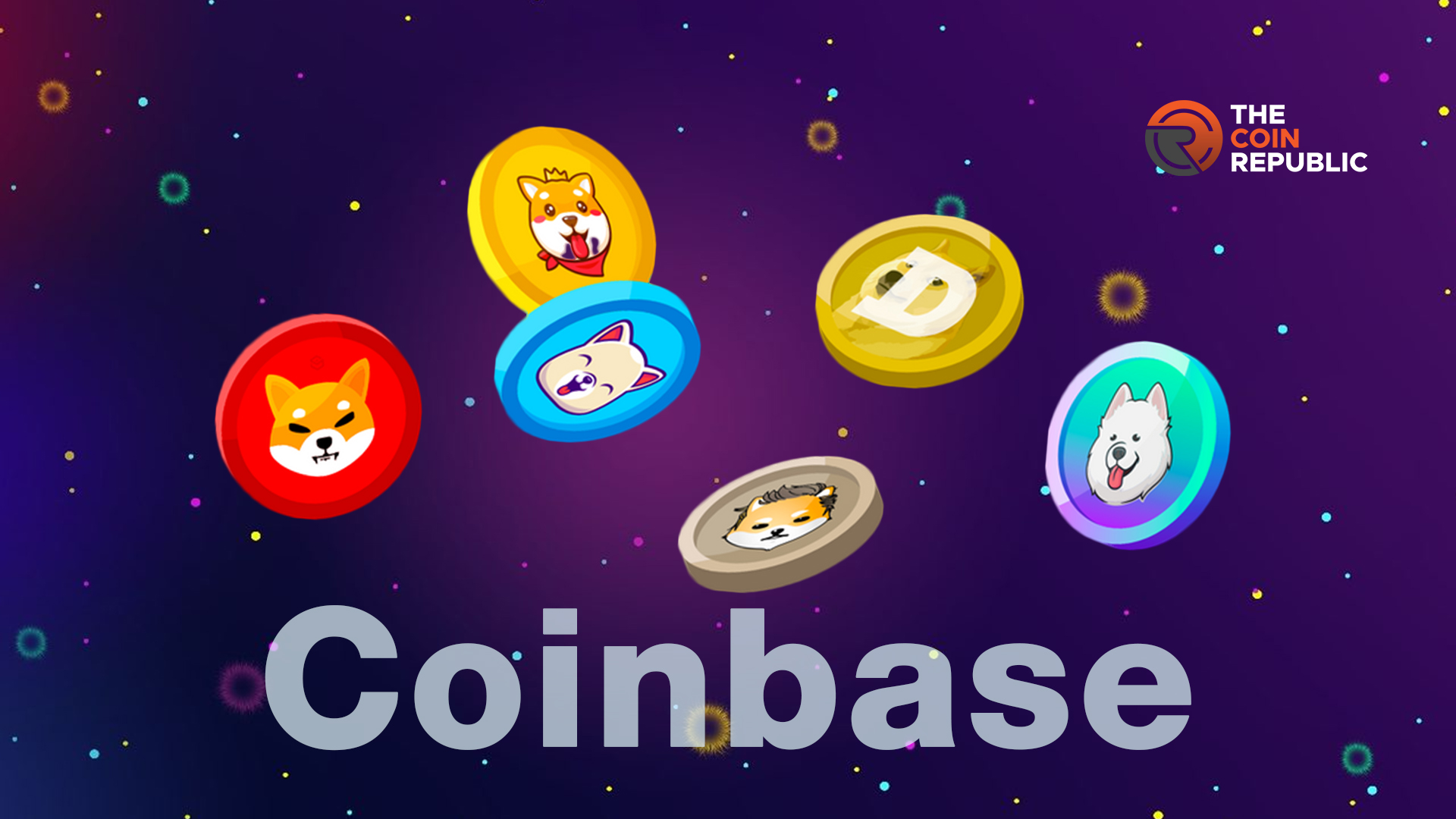Coinbase has come under fire after industry heavyweights question its opaque asset listing decisions.
Tron founder Justin Sand publicly clashed with Coinbase Chief Legal Officer (CLO) Paul Grewal. This was after the latter defended the company’s listing and delisting policies.
Grewal stated that the crypto exchange company will drop an asset if it no longer meets their listing standards, which they clearly state as the basis for the listing policy.
Sun replied pointedly questioning who has the final say at Coinbase. The Company’s CEO Brian Armstrong made similar comments in 2021. He had said that the goal is to list ‘everything where legal,’ a goal referred to by Sun.
BitGo Highlights Bias in Listing Strategy
BitGo added fuel to the fire by attacking Coinbase’s asset listing practices for bias. They take particular aim at the exchange’s_self proclaimed_huge mistake in listing memecoins like PEPE.
BitGo said PEPE, which is linked to the offensive internet memes, was proof that Coinbase puts the interests of market popularity over safety and legitimacy.
– Advertisement –
Coinbase’s refusal to delist wrapped Bitcoin (wBTC) was not based on listing standards but because the Company wanted to maintain market dominance, accused BitGo.
A Coinbase memecoins court filing exposed the exchange further. This is even though there was no proof of their inherent value beyond excessive demand. But such decisions, critics say, don’t match Coinbase’s public position on maintaining standards of safety and law.
How Coinbase Selects and Reviews Assets
In defense of its listings, Coinbase claims there is a customized, multi-tiered review process that prioritizes satisfying customer need while fostering industry growth.
It works in three key areas. These are business criteria, technical considerations and pre launch assessments.
The firm’s listing custom’s state that they start with evaluating for their trading volume, market cap, and how far-reached are associated applications.
All this is also evaluated based on social media sentiment, history of project contributors and distribution of tokens.
This means that Coinbase can see both quantitative and qualitative signals before determining whether an asset warrants listing.
The exchange also conducts token reviews that it considers before token token is officially launched, to support trading on launch day.
As sheltered as prelaunch evaluations are, they have separate business criteria for new projects that the Company says is key to staying ahead in the fast-paced market.
Coinbase’s listing decisions play major role in technical feasibility. Currently, the platform is set up to support specific token types.
These are the ones with the most common being ERC20s (Ethereum based) and SPL, renamed from ERC20s recently as we’re part of the Solana Utility community (Solana based).
However, to support native blockchains or other non-standard assets, there is extra spend necessary to prioritize these listings.
However, as these processes continue, the critics argue, Coinbase’s actual decisions do not always agree with the policies it claims.
PEPE and other meme coins have lists of skepticism of how their popularity and hype affect the exchange’s decisions.
However, the listing practices of Coinbase are now at the heart of a high-stakes debate as to what it should and should not do within the crypto space.










